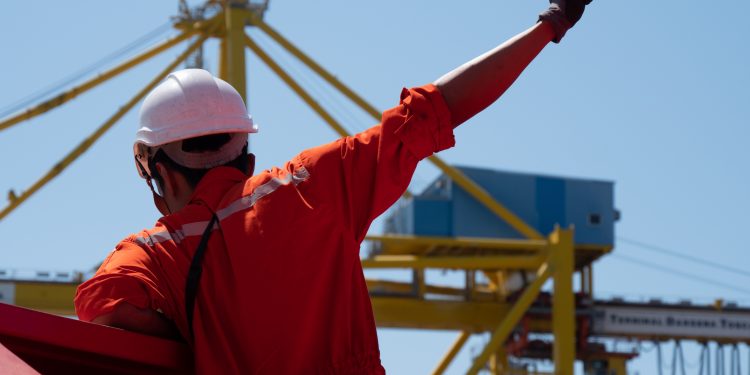CHIRP Maritime has published an analysis which identifies the key causal factors of safety incidents reported to CHIRP Maritime over the past year. These include inadequate leadership or supervision, issues with visual detection, inadequate risk assessment, and the need for proactive safety risk management.
According to CHIRP Maritime, 65% of reports received concerned near-misses and only 35% were regarding actual incidents. This is nevertheless a significant improvement on the previous year, where near misses made up only 14% of reports.
#1 Factors
CHIRP’s analysis of all received reports revealed 88 different factors that contributed to safety incidents or near misses, with an average of 5 identified factors per incident.
The top-10 factors by frequency of occurrence (%) thus:
- Inadequate leadership or supervision occurred in 35% of all reported incidents. This suggests either lack of availability of operational leaders or lack of competency.
- No/wrong/late visual detection also occurred in 35% of reported incidents and are often the result of high workloads, distraction or inattention.
- Inadequate risk assessment was present in 32% of all incidents. Common causes for this are inadequate hazard identification (an issue of experience), or lack of time to adequately assess and address the identified risks.
- Proactive safety risk management is like the above, but at the organizational level. It highlights the need for improved implementation of hazard identification and risk management practices. This was a factor in 31% of reports.
- Reactive safety management assurance occurs when risk assurance measures lack effectiveness in identifying and rectifying safety shortcomings. This was present in 23% of all reports.
 A recurring pattern to all the most frequent causal factors is the presence or otherwise of sufficient – and sufficiently experienced – personnel so that adequate time and attention can be allocated to the preparation and supervision of maritime activities.
A recurring pattern to all the most frequent causal factors is the presence or otherwise of sufficient – and sufficiently experienced – personnel so that adequate time and attention can be allocated to the preparation and supervision of maritime activities.
The findings raise questions about the alignment of current minimum Safe Manning levels with the tempo of maritime operations, particularly on short sea shipping routes.
… stated A Parnell, Director, CHIRP Maritime
#2 Outcomes
Almost every incident (i.e., not the near misses) reported to CHIRP resulted in personal injury or damaged equipment. These findings are like last year’s outcomes, although fatalities reported to CHIRP (<2%) have fallen compared to last year (10%).
 #3 Report Sources
#3 Report Sources
The most common vessel types mentioned in received reports (figure 4) were bulk carrier (16%), container vessels (14%) and tankers (13%), closely followed by superyachts (11%).
Overall, this analysis of maritime reports underscores the importance of confidential incident and near miss reporting in enhancing safety at sea.
… noted A Parnell, Director, CHIRP Maritime






























































